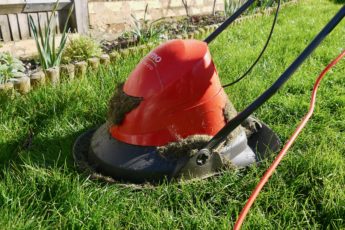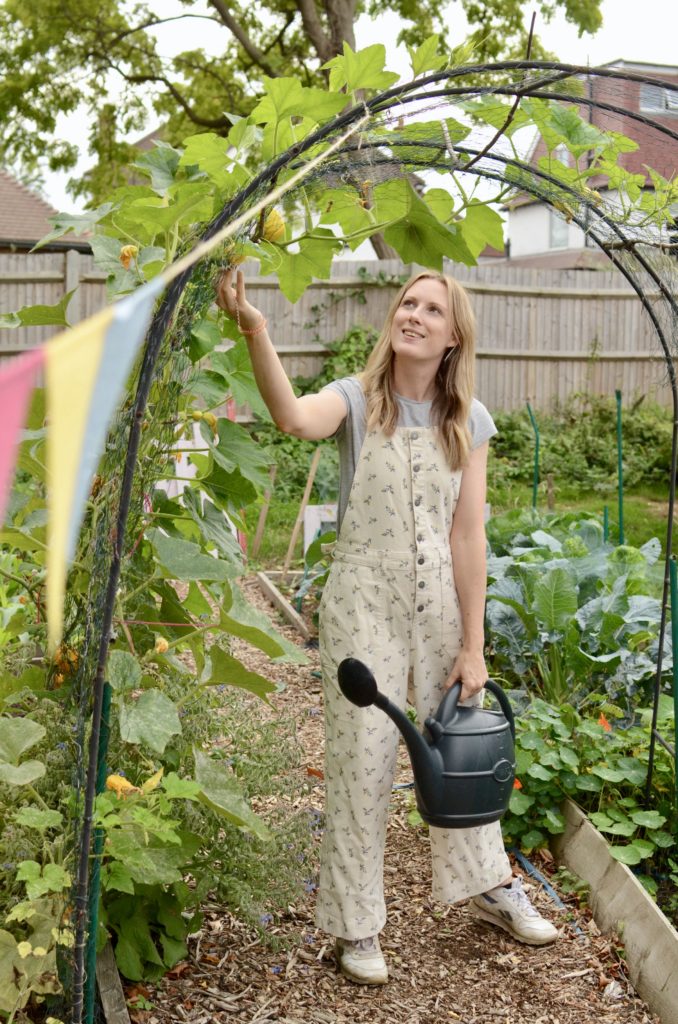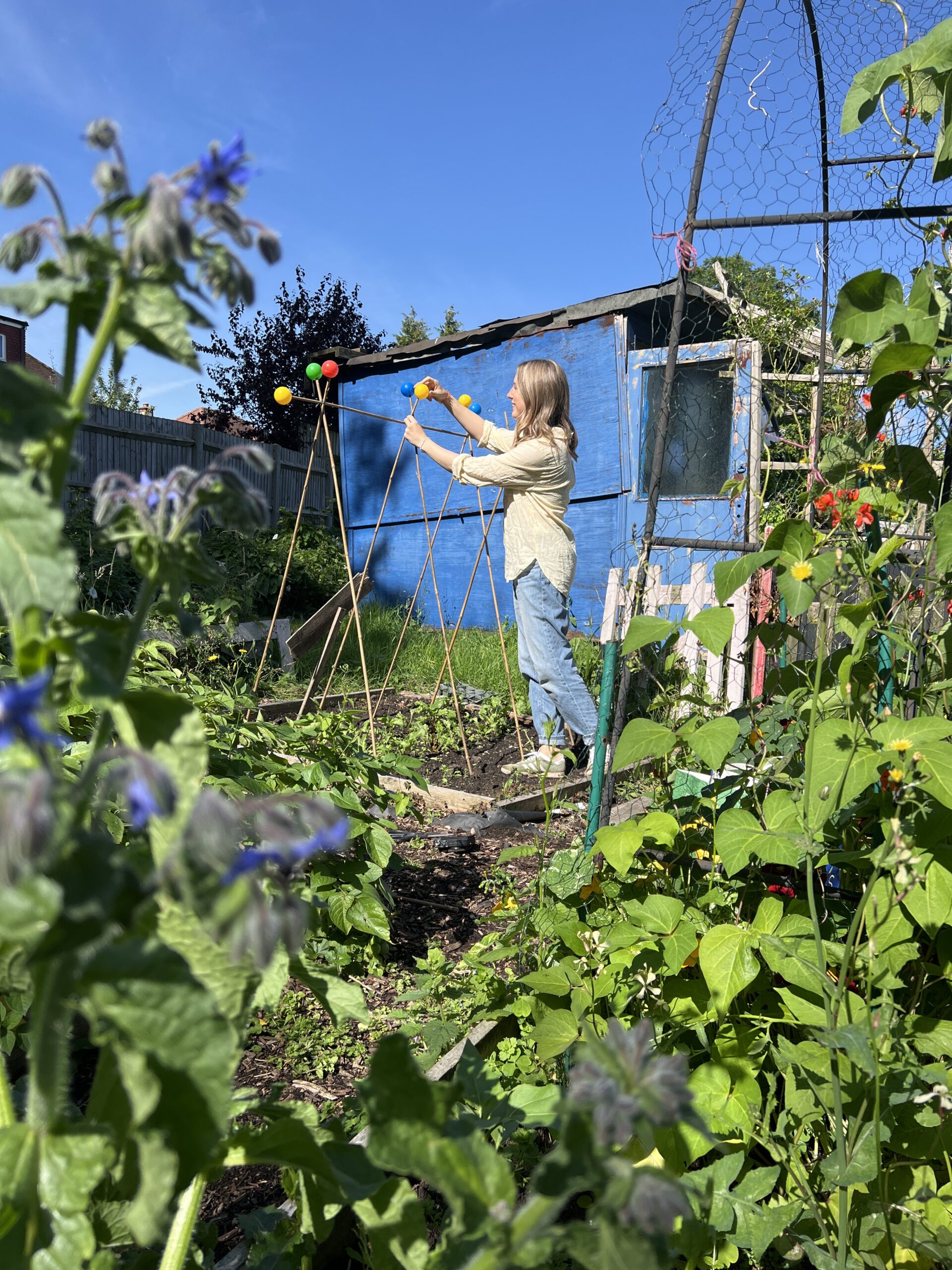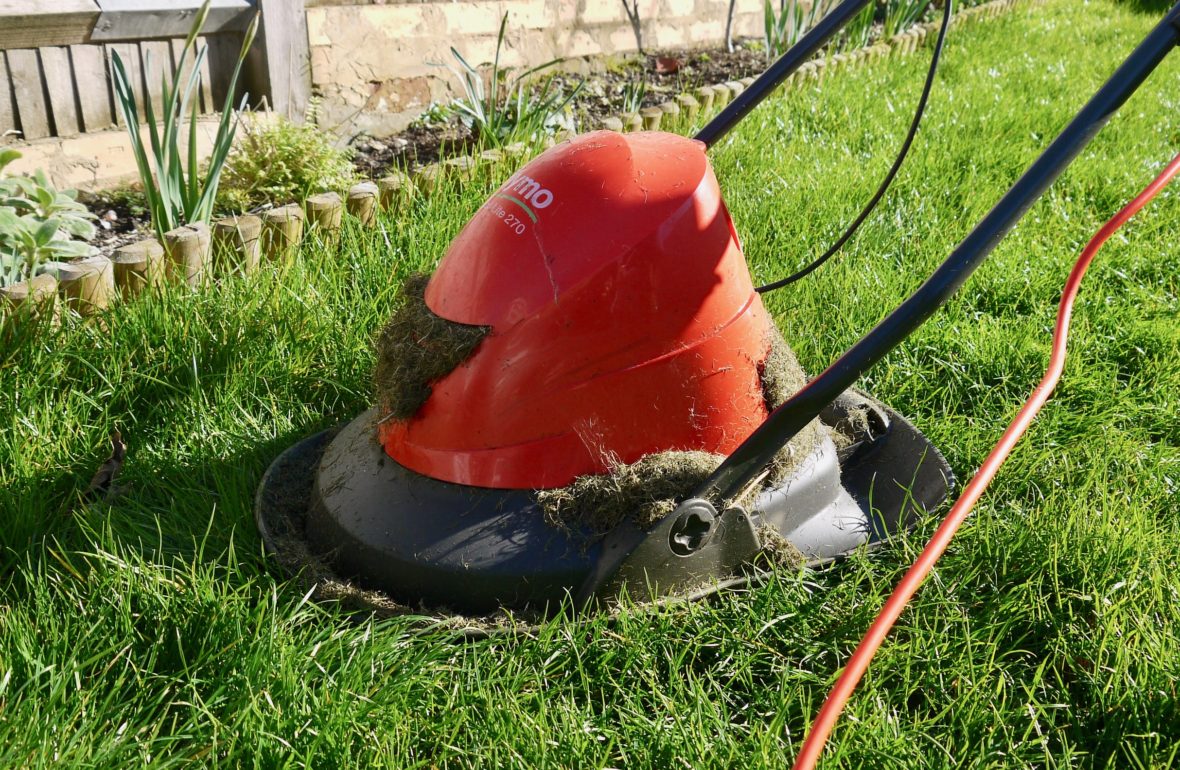
To mow or not to mow, that is the question. Well, it’s the question those of us with a lawn face at the beginning of every year, when to cut your lawn after winter? Does it even matter? Should you even stop mowing at all over the winter months?
I think there is a bit of a stigma when it comes to cutting your lawn over the winter months. Most of us retire our lawnmowers sometime in October and won’t even consider bringing it back out again until the daffodils are in full bloom sometime in the spring. I asked people on my instagram when they thought the best time to start mowing the lawn again was and the answers were somewhat varied, with many questioning their own choices and opinions on the matter!
“Personally (February) is a bit to early, but maybe I have that wrong?” – @traceyfountaingodfrey
So what does the science say about mowing your lawn in the winter months?
Mowing the lawn is essentially decapitating growing plants. We all know the benefits of pinching out plants such as sweet peas and the advantage of snipping back a seedling when it becomes too ‘leggy’. Well, grass gets leggy too! So by giving it a quick chop, it encourages light to get right down to the bottom of the greenery, reducing the risk of yellowing and allowing the grass to dry out faster.
However, mow when the soil is still soaking wet and boggy and you could run the risk of compacting the grass, or disturbing fragile roots leaving big bald patches in your lawn. If the grass is too wet, the mower will rip it as opposed to cut, bruising it and causing it to take even longer to heal.
“I think I did my last cut in November as we had some really nice dry days. I’ve not started yet as it still looks freshly mown, I usually just start when I see it’s starting to look a bit too long. Like messy long, lol” – @thegirlgardener

What month is best to mow then?
Well, I suppose really there is no ‘perfect month’. The stigma of mowing your lawn throughout the winter is just that; a rule imposed by society on what is considered ‘acceptable’, but that lacks much scientific substance. It’s all dependent on the conditions of your lawn, and that could vary from region to region and even garden to garden.
Here are a few things to consider before pulling out your mower:
- Feel the grass. If it feels soaking wet, it’s probably not the right time. It should be feeling more dry than wet!
- Is it long? Has it actually reached a height that is making it look untidy and leggy? Grass growth slows down in the winter, so wait for it to actually start growing at a good speed again!
- Use a higher setting on your mower. Don’t cut the grass too short straight away, just a light haircut should be sufficient.
- Consider leaving a patch for wildflowers. If you often get daisies and buttercups popping up, consider leaving a little patch for these to continue to grow. The pollinators will thank you!
When you cut your lawn is ultimately up to you and your judgment. So when asking the question of when to cut your lawn after winter, perhaps the answer is, whenever you like! Of course, there is a saying that goes something like, if you grass doesn’t stop growing, don’t stop mowing! Many of the people I asked on instagram said they hadn’t really stopped mowing at all and so long as the grass was shooting up and becoming overgrown, they were out giving it a good old haircut. I know that my children love to play football in our garden and keeping a shorter lawn enables them to continue playing outside all through the colder months.
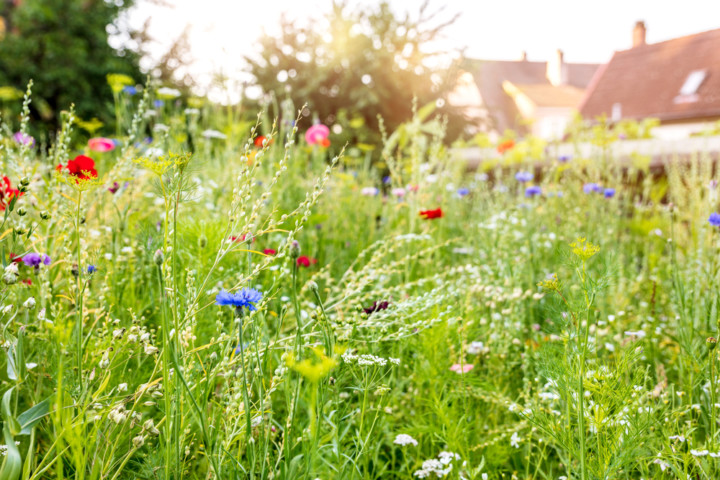
What about the wildlife though?
This is a real challenge. Wildlife loves long grass, insects rely on it for shelter and food and small prey animals need it to hide out from predators. Pollinators are already starved of food at the best of times with more and more people opting to pave over gardens for ease and neatness. In the Spring months when they awaken and go in search of precious food, the last thing we really want them to find is all the lawns and potential wildflowers beheaded!
Crocus, dandelions, daisies and buttercups all offer a fantastic early food source for these pollinators. So perhaps leaving a small patch of lawn unmowed would be a happy compromise? I make sure to plant an array of spring bulbs in my garden boarders so that there is still a good food supply for the bees when they awaken in the spring time.
The future of the mowed lawn?
There is an alternative to mowing! Don’t! If you feel really brave and don’t have children desperate to kick a ball about every day, why not leave your mow to grow and see what wonderful things might emerge? The hashtag ‘grow food not lawns’ has over 520k posts on instagram and shows an uprising of like minded people who are ditching their perfectly preened lawns for a wilder, natural look.
With Britons wildflower meadows on the decline, this is an amazing thing. Ordinary back gardens filled to the brim with stunning wildflowers set against a backdrop of gently humming pollinators. Could this be the future of the lawn?
With climate change constantly rewriting the gardening rules, it’s important to keep an eye on the weather and how the garden is responding and to make decisions based on that. Throw out the rules, don’t get caught up on what the neighbours think and work with your garden!


